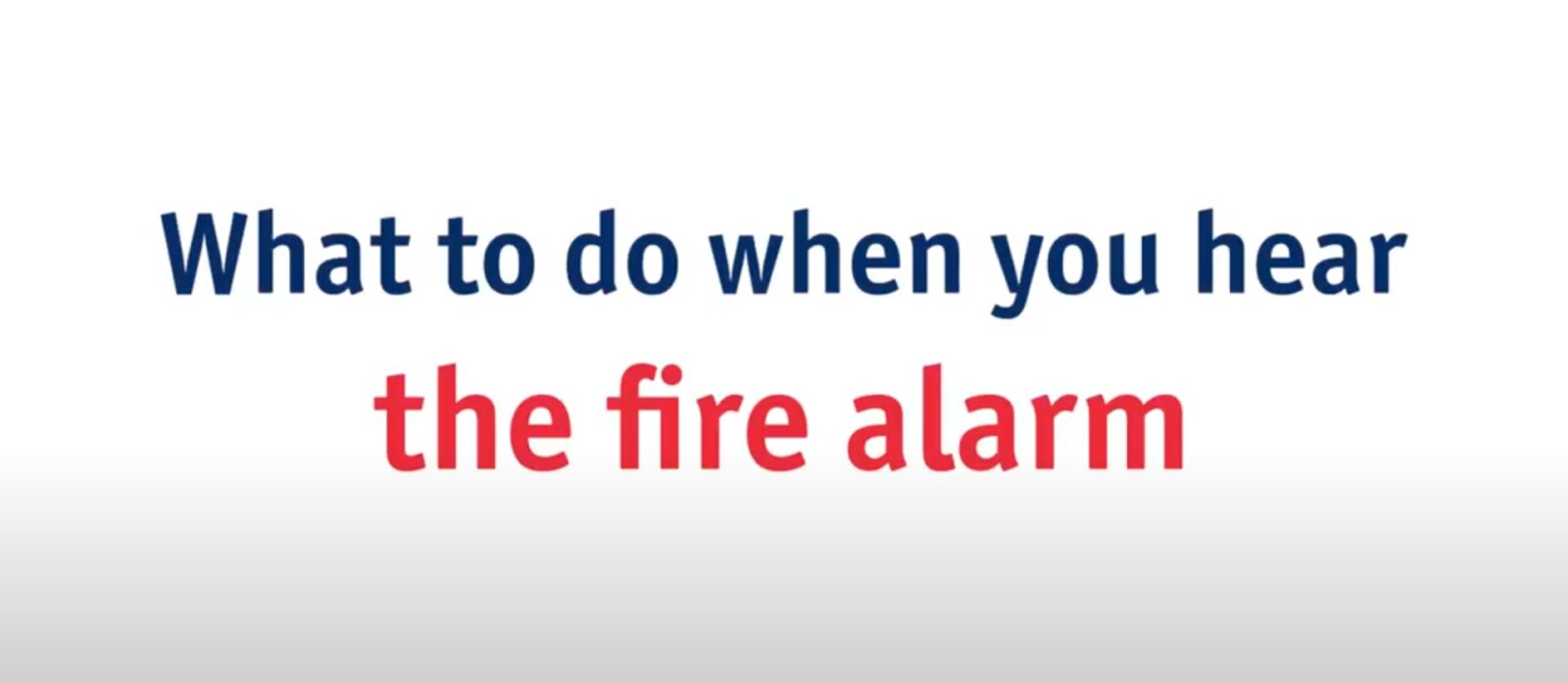Rapid evacuation of the building is essential to minimize the human toll in an emergency situation. The University of Antwerp states that the SAFETY OF PERSONS is ALWAYS PRIOR to damage to the infrastructure or operation of the institution.
How to sound alarm?
- Call 112
- In case of fire
- In case of a serious (medical) accident or medical emergency
- If you believe that, due to the severity of the calamity, internal emergency services will not be able to manage the situation (e.g., aggression towards individuals).
- The impact of the calamity exceeds the boundaries of the institution
- Call 03 265 66 66 and inform them of the situation and the location of the incident
- Yell "FIRE" in case of fire
- Activate the fire alarm by breaking the glass seal
- Evacuate the building immediately
Evacuation
- Leave the building as fast as is safety possible
- Follow the instructions of the evacuation helpers (who will be wearing high-visibility vests)
- NEVER USE THE ELEVATOR !!!
- Close windows and doors (but don't lock them)
- Go to the assembly point (Care facility) and look for your colleagues - Check if they're all there
- Notify the emergency services if you think anyone was left behind and inform them about suspicious situations
- Don't go straight home - People might think you're still inside
- Never go back inside before the authorities say it's safe to do so
Evacuating people with reduced mobility
For able-bodied people, the principle of vertical evacuation is applied. Leave the room, go down the (emergency) stairs and leave the building.
This isn't an option for people with reduced mobility who can't manage independently:
- Their evacuation may hinder the smooth evacuation of other users in the building.
- The risk of accidents is high due to their reduced mobility.
- If help is needed, the evacuation is delayed, also exposing the helpers to a higher risk. A slow evacuation increases the chance of being overtaken by rising smoke in case of a fire, which is often more deadly than the fire itself. Your own safety always comes first!
When assisting people with reduced mobility, it's best to act according to (a combination of) the following principles.
Horizontal evacuation
- Evacuate disabled people to a safe fire compartment on the same floor.
- If possible, do this on the street side or near a window that can be reached by the emergency services.
Defend in place
- Get the person to a safe room (if possible with a window on the street side).
- Take measures so that fire/smoke cannot enter the room (e.g. close doors, crack, ...).
- Person remains behind alone on site until he/she can be safely evacuated by the emergency services. This requires a certain level of cool-headedness, but offers the best chance of survival.
Good communication with emergency services
To ensure the success of offering assistance this way, good communication with the emergency services is essential. It's best to follow a three-pronged approach:
- The person with a disability calls the emergency services (112) and reports
- That he/she is in a building that is being evacuated
- That he/she is unable to leave the building due to his/her disability
- His/her/their location in the building (floor, room, number, position, relative to the street)
- That he/she is in a building that is being evacuated
- Those who are aware of the location of people who stayed behind in the building immediately report this to the emergency services
- The disabled person tries to make visual contact with the emergency services
The Health & Safety Department has little information about the working locations of people with reduced mobility or self-reliance. It's the responsibility of the student counsellors, the disabled people themselves and their supervisors to provide the necesssary information in time. The instructions above must be given in advance to people with disabilities and their colleagues.
Every year, evacuation exercises are held in all buildings. People with reduced mobility are advised to provide their contact details to the Health & Safety Department voluntarily so they can be informed in advance (and a decision can be made about whether or not they should participate in the evacuation exercise).
